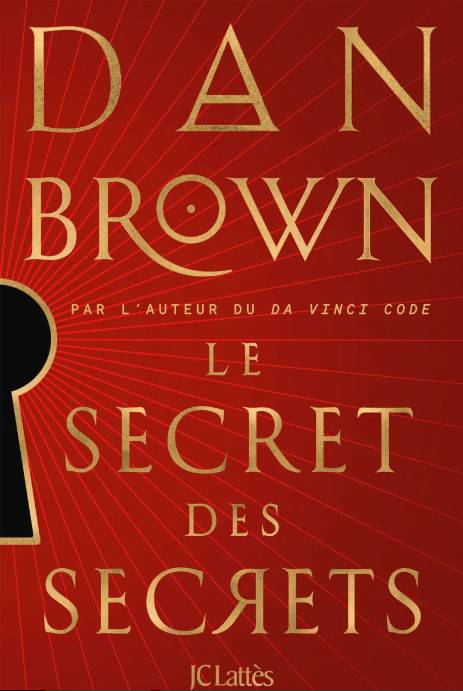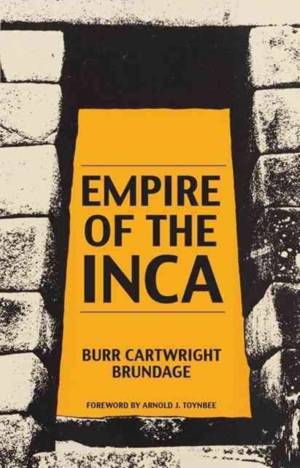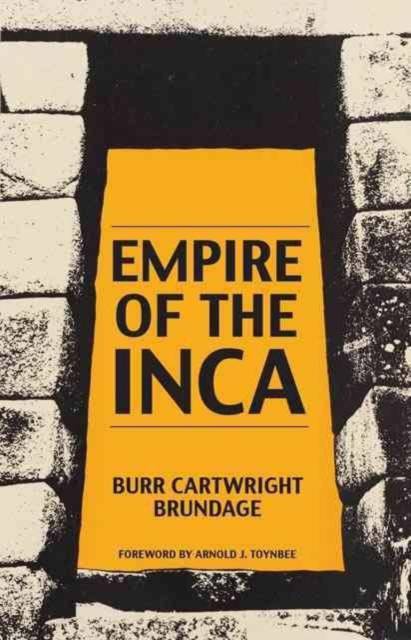
- Retrait gratuit dans votre magasin Club
- 7.000.000 titres dans notre catalogue
- Payer en toute sécurité
- Toujours un magasin près de chez vous
- Retrait gratuit dans votre magasin Club
- 7.000.0000 titres dans notre catalogue
- Payer en toute sécurité
- Toujours un magasin près de chez vous
Description
A great account of a classic Indian civilization, this book tells the story of a people who, hatched in a small pocket of the Peruvian sierra, rose in the end to become the architects and chief beneficiaries of an empire they called Tahuantinsuyo, the Four Quarters. Tahuantinsuyo, with Cuzco as its highly respected seat of government and the official residence of the ruling Inca, was a sacred empire. Its territorial aggrandizement was a function of its religious mission, while, reciprocally, its thirst for power dictated what were to be the lineaments of its most holy beliefs. When the sense of divine mission began to fail, the empire incontinently collapsed. But the history of the Inca Empire was more than just a prelude to the Spanish conquest under Francisco Pizarro in 1532. The swift creation of the remarkable state is important in that it is in no way related to the traditions of the European and Asiatic empires. Further, even though the Incas were a people few in numbers, they succeeded in creating a highly bureaucratic organization exceedingly rich in religious ceremonialism. The Incas, dwelling in the highlands of modern Peru, were consolidated by Manco Capac perhaps as early as the eleventh century. Under the rule of a despotic head, known as the Inca, the empire was expanded by Pachacuti, Topa Inca, Huayna Capac, and others up to Atahualpa, until it extended from northern Ecuador to central Chile. The story of this expansion and the description of all the Incas' life, from their religious beliefs and rituals to a discussion of their engineering prowess in their still-existent Royal Road, is fascinating reading. Burr Cartwright Brundage, Professor of History Emeritus in Eckerd College, Saint Petersburg, Florida, is the author of many books on Mesoamerica, including Empire of the Inca and Phoenix of the Western World: Quetzalcoatl and the Sky Religion, also published by the University of Oklahoma Press.
Spécifications
Parties prenantes
- Auteur(s) :
- Editeur:
Contenu
- Nombre de pages :
- 430
- Langue:
- Anglais
- Collection :
- Tome:
- n° 69
Caractéristiques
- EAN:
- 9780806119243
- Date de parution :
- 15-09-63
- Format:
- Livre broché
- Format numérique:
- Trade paperback (VS)
- Dimensions :
- 137 mm x 211 mm
- Poids :
- 498 g

Les avis
Nous publions uniquement les avis qui respectent les conditions requises. Consultez nos conditions pour les avis.






